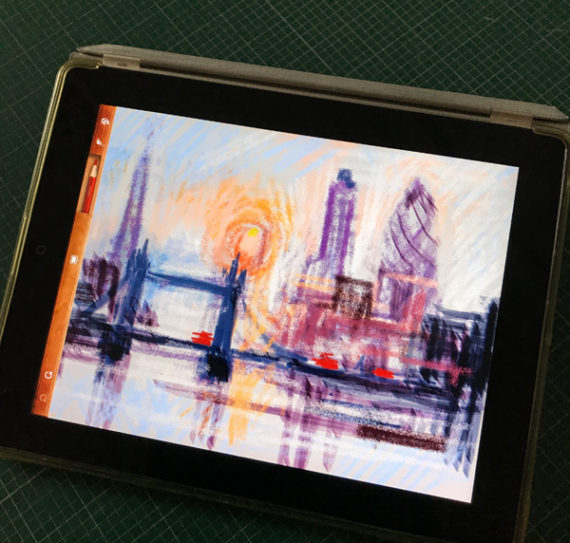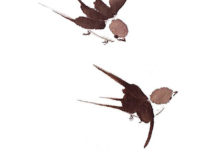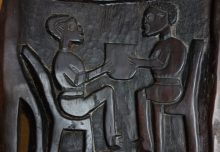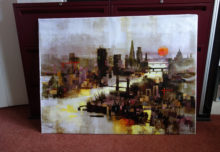IPAD ART
This is about iPad or other mobile and tablet art. I mentioned this in a previous blog about plein air painting or making art outdoors. But of course tablet art can be made anywhere. This is a new way to make images. David Hockney is a master. It’s all done with fingers. Magic.
But maybe it is even more exciting than that. If you look up iPad art examples on Google you can find stunning results. And the amazing fact is that the artists who created it have just used their fingers or one of those rubber-tipped stick things. They have made the art on a piece of glass about the size of a smallish sketchbook. Or even smaller because this extraordinary art creativity can also be done on a mobile phone.

sketch on iPad
HOW?
The technology exists because someone invented portable computers with screens that display images and are touch sensitive at the same time. Being touch sensitive means that the screen is where you directly make the marks. This is the same as when you use a picture of a keyboard to write, or click boxes with your finger rather than a mouse and an arrow. An artist can see their created image and work on it in the same way as they paint pictures. Only it is all digital.
The artist is working on a small section at a time. Magnifying and then shrinking, stepping back and focusing in on detail. Switching back and forth. And it is all happening in a hand held flat piece of mobile equipment that also talks to people, plays music, updates the latest news, takes photos, shows films, and runs their office.
MORE!
And digital means that there are instant extra effects, and infinite variety.
A digital tablet artist can mix colours, thicken or thin colours, blur, smear, make more or less transparent, just like real paint. It dries instantly. It can be done in layers. It can be undone, redone, or both. The artist can include photographs, and collage effects.
The artist can save the work at any stage. Then explore in one direction, save and return to explore in another direction. They can chop, switch, focus, blur, darken, lighten, etc. It can all be done without needing to take a risk of spoiling something that looks good already. It can be so quick.
So all that demands self-control and discipline. The variety of choices available will boggle the creative mind of some artists who work best when there are fewer choices. Some might not cope with having thousands of possible colours, textures, effects, and sizes.
WHAT FOR!
The artist is making something inside the computer. The potential or actual form of the artwork doesn’t yet exist. So far the artist has created a digital file. The possibility now is that the digital file is turned into a printed version. This can be much bigger than the screen on the tablet or phone. Hockney made iPad art that filled huge wall spaces.
Or the artist might be quite content to have made the digital artwork and just supply the digital image to their chosen audience. They can show their art on other peoples phones, tablets or computers. Or they can just send the digital files. Their customers might be fine art publishers, or other art users such as textile manufacture, or card and calendar printers.
So it is possible for an artist to make a living creating art on a mobile phone and using the same phone to run an online business that profits from the digital image files. No studio, no messy paint, no canvas, no paper, no transport, no physical limitations at all. WOW!
SNAGS.
But there must be some downsides, surely. Well yes. Number one is that it is digital and not physical. Two is that it is small. Three you have to learn how to do it. Four you have to buy or get the right tablet or mobile phone.
‘Digital not physical’ means that you are not creating a ready-for-sale product for traditional collectors to purchase. So the artist probably has to convert the digital art into actual physical art with a printer. That is another issue.
‘Small’ means that the artist has to envisage a larger potential finished artwork. This might be tricky for some.
‘Learning’ how to use a mobile art device is probably simple for younger generations who use their phone all the time. But not so easy for oldies like me.
Getting a suitable tablet or phone is a lot more expensive than getting a sketchbook and pencil or watercolor box. But most people seem to have a phone anyway.
SO?
In conclusion we can see that this comparatively new way of making art that has huge potential. The techniques have to be learned. The artist has to see their potential end product and create using a huge variety of tools. The potential impact is on the way artists make art, and the way collectors get art, and the way we all understand the visual world.




